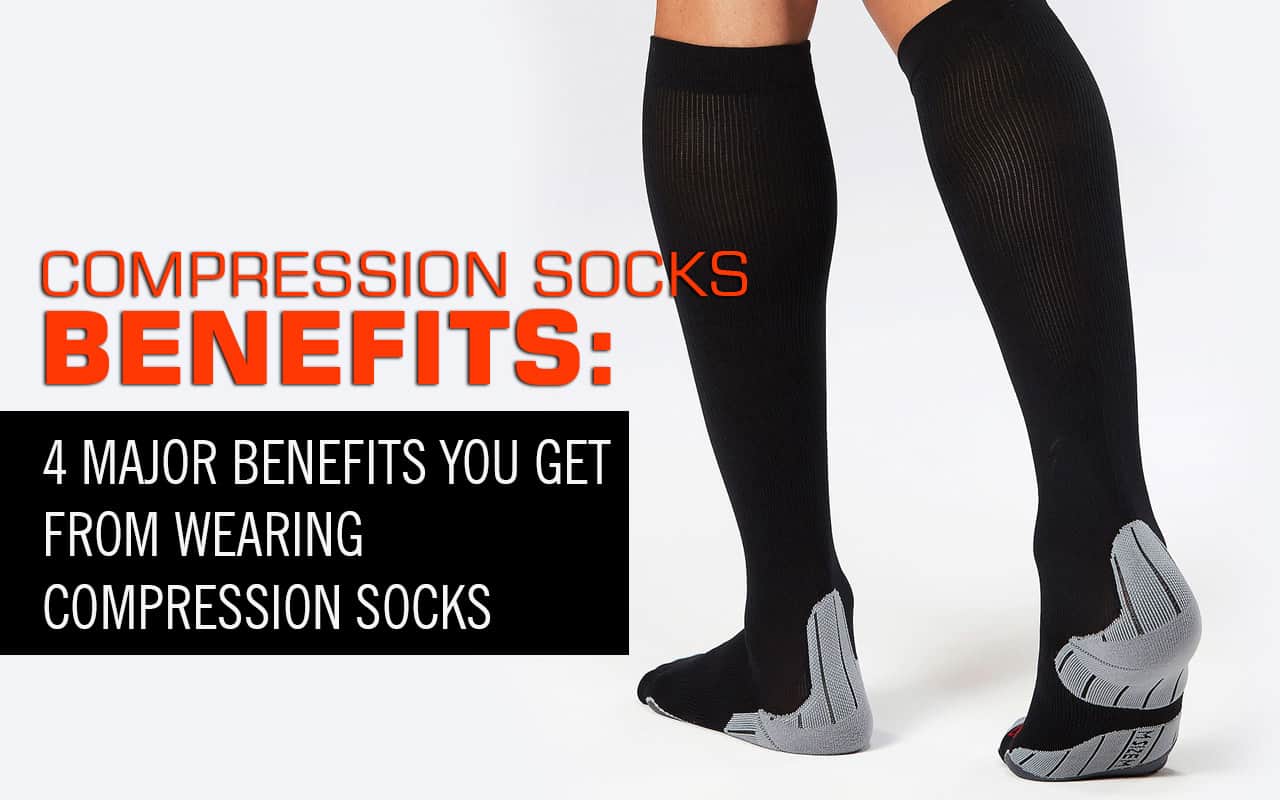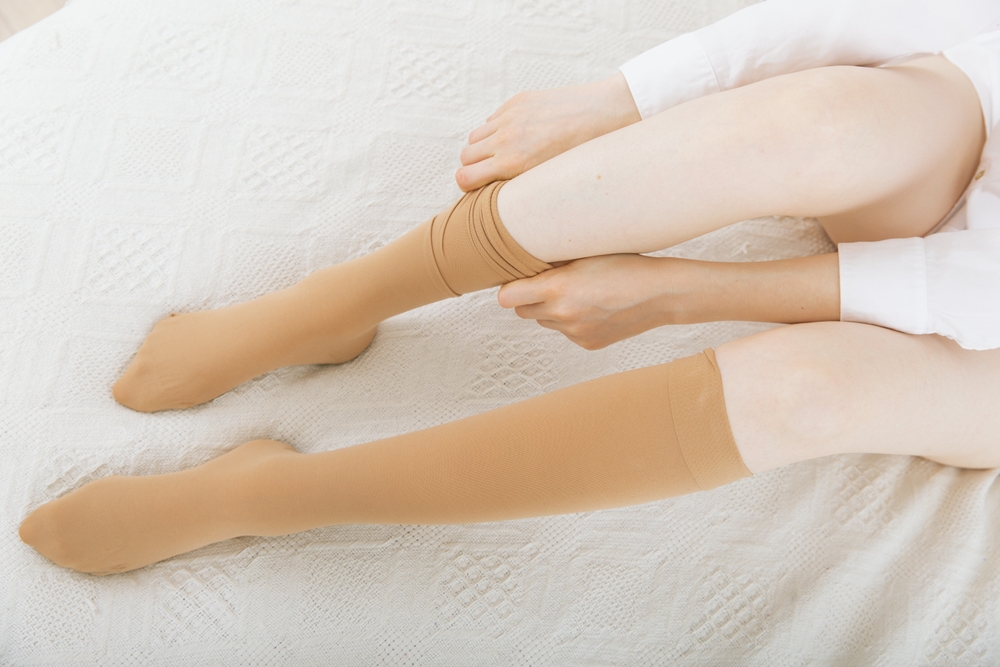
I often recommend compression socks to individuals looking for ways to improve circulation and reduce discomfort in their legs. These specially designed garments work by gently squeezing the legs to enhance blood flow. This is particularly beneficial for those who spend long hours on their feet or seated, as it can help prevent blood from pooling in the lower extremities, which is often the source of swelling and pain.
In my experience, those who wear compression socks also report fewer instances of varicose veins and leg fatigue. By improving circulation, compression socks ensure that blood returns more efficiently to the heart, thus reducing the chances of clot formation and the risk of deep vein thrombosis. Frequent travelers, professionals with desk jobs, and athletes find that compression socks provide not only comfort but also aid in recovery after physical exertion by promoting better blood flow.
Indeed, well-fitted compression socks can be a game-changer for improving overall leg health. They come in various sizes and pressure levels, so it’s important to choose the right type for one’s needs. Whether it’s to curb swelling, prevent orthostatic hypotension – the lightheadedness or unsteadiness upon standing – or simply to minimize leg fatigue, the benefits of these socks make them a valuable addition to one’s daily attire.
I’ll focus on the specifics such as the different types and lengths available, the materials and fit that are important for effectiveness, and the distinction between prescription and over-the-counter options.
Compression stockings come in various types, each designed for specific needs determined by the location of the ankle, knee, or thigh. The lengths vary:
The material of compression socks is critical for both comfort and function. Common materials include a blend of spandex, nylon, or cotton, which provide elasticity and breathability. A proper fit is essential as it determines the effectiveness of the socks. A highly elastic and snug fit without being overly tight ensures the benefits can be realized without discomfort or circulatory issues.
Prescription compression socks are tailored for individual medical conditions and usually require a medical fitting. Over-the-counter options, on the other hand, come in standard sizes and compression levels suitable for daily wear. They are usually sufficient for people who require mild to moderate leg support and they are available in various colors and styles, making them a versatile choice for anyone looking to improve leg health.
Compression socks are specifically designed to support and improve your health by enhancing blood circulation and reducing the risks associated with venous disorders. I will explain how they can aid your circulatory system, alleviate discomfort, and protect against common venous issues.
Compression socks exert graded pressure on the legs, which is tightest at the ankles and gradually decreases towards the knees. This design encourages blood flow from the lower extremities back toward the heart, helping to counteract the effects of gravity. Improved circulation is particularly beneficial for people standing or sitting for long periods, effectively combating feelings of leg fatigue and aiding overall lymphatic drainage.
Individuals who wear compression socks often experience reduced pain and swelling, or edema, in the legs and feet. This is because the socks minimize the diameter of major veins by increasing the volume and velocity of blood circulation, which facilitates lymphatic drainage. This efficient removal of waste fluids combats edema, notably after injury or surgery. The consistent pressure also soothes symptoms of chronic venous insufficiency by preventing blood from pooling in my veins.
Wearing compression socks helps prevent serious venous conditions such as deep vein thrombosis (DVT) and venous ulcers. These socks can be particularly helpful for individuals at risk of developing chronic venous insufficiency or other venous diseases. The constant pressure they provide helps maintain blood circulation, lessens the burden on the veins, and can deter the formation of blood clots that are a hallmark of DVT.
Learn more from this other related post: Are Using Compression Socks for Pregnancy Discomfort Safe?
Compression socks serve distinct purposes in both healthcare and sports. They’re not only an asset for medical recovery but also for enhancing athletic performance.
I’ve noticed that medical grade compression socks are frequently recommended after surgery to facilitate recovery. They’re designed to aid in reducing swelling and improving circulation, which is crucial when mobility is limited during the postoperative period. Physicians often suggest these socks to their patients to decrease the risk of blood clots, especially after procedures that impact lower limb mobility.
Several runners and triathletes swear by compression socks for their ability to bolster exercise recovery and performance. During exercise, these socks enhance oxygen delivery to muscles, which can be beneficial for sports that demand endurance. Post-exercise, they help in reducing muscular soreness, aiding in quicker recovery—this makes them a popular choice among serious athletes focused on maintaining their training regimen.

Choosing the right compression level in compression socks or stockings is paramount to ensure they effectively aid in circulation and provide the desired health benefits. Understanding the various compression levels and recognizing situations that require consulting a healthcare provider can assist in making an informed decision for both comfort and medical efficacy.
Compression levels are measured in millimeters of mercury (mmHg) and indicate the amount of pressure the socks will exert on your legs. The standard levels range from mild (8-15 mmHg) to extra firm (30-40 mmHg). For general wellness, mild to moderate compression is typically sufficient.
Graduated compression socks, which are tighter at the ankle and gradually decrease in pressure towards the knee or thigh, are designed to enhance blood flow back towards the heart. When selecting a pair at a medical supply store or online, it’s important to match the compression level with your specific needs, whether it’s for daily wear or medical purposes.
High levels of compression should not be worn without medical advice as they can apply too much pressure, potentially causing discomfort or impairing circulation.
It is essential to consult a healthcare provider when considering compression socks for medical purposes or if you have pre-existing health conditions. A healthcare provider can prescribe graduated compression stockings and ensure that you’re using the correct compression level for your condition.
Insurance might cover medical-grade compression wear if it is deemed necessary for your health. They can also instruct on proper use and provide guidance on how to wear and care for compression stockings to ensure you receive the maximum benefit from graduated pressure without causing harm to your legs.
Although compression socks offer numerous benefits, it’s important to be aware of potential side effects and how to manage them effectively.
From my knowledge, common side effects associated with compression socks include skin irritation, redness, and discomfort which can occur if the socks are too tight or worn for extended periods. Some individuals may also experience allergies or itching if they are sensitive to the material of the socks. Notably, skin changes, such as infection, can occur if proper hygiene is not maintained or if the socks create a moist environment.
To manage these risks, it’s essential to:
By being attentive to the fit, fabric, and cleanliness, users can minimize the onset of side effects while enjoying the benefits compression socks provide.
In this section, I’ll provide clear and precise answers to some common queries regarding compression socks, focusing on their use in health, activities, and recovery.
Wearing compression socks during air travel can help maintain blood circulation and reduce the risk of swelling and discomfort that often occurs on long flights.
While generally safe, there can be risks if compression socks are used improperly or by individuals with certain health conditions. It’s always best to consult with a healthcare provider before use, especially for those with severe arterial disease.
Compression socks are often recommended for activities that involve prolonged periods of sitting or standing, as they can help prevent blood from pooling in the legs. They are also commonly used during exercise or sports to enhance performance and recovery.
Compression socks are beneficial in medical recovery by providing graduated pressure that supports vein function, reduces swelling, and can prevent deep vein thrombosis in hospitalized patients or those with limited mobility.
When choosing compression socks, look for the correct size and compression level, material that offers breathability and comfort, and a style that fits well over the foot and heel for optimal benefit.
The timeframe for experiencing results from compression socks can vary, but many athletes report feeling the benefits like reduced soreness and quicker recovery immediately after use during sports or other physical activities.
For more information on our Copper-Infused Compression Socks, Click Here!